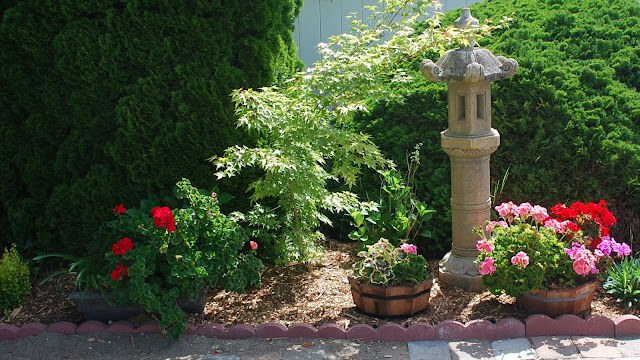 |
| Image via vintageprintable.com |
Sweet corn seeds are germinating. Almost all of the containers have at least one sprout. I still need to prep the garden bed for the sweet corn.
About half of the squash and pumpkin seeds have germinated. I moved them from peat pots into slightly larger containers for root room. Same as sweet corn, I need to prep the garden bed.
Today I planted melon seeds:
Petite Yellow Watermelon 65-80 days
Blacktail Mountain Watermelon 65-75 days
Minnesota Midget Cantaloupe - 60 - 75 days
Sakata Sweet Asian Melon - 85-95 days
Edens Gem Cantaloupe - 65-80 days
So far only one outdoor bush bean has germinated.
It's still early to on-time for all of the squashes, beans, and corn. Corn was planted 5.12.15, beans 5.11.15, and squashes/pumpkins 5.11.15





















